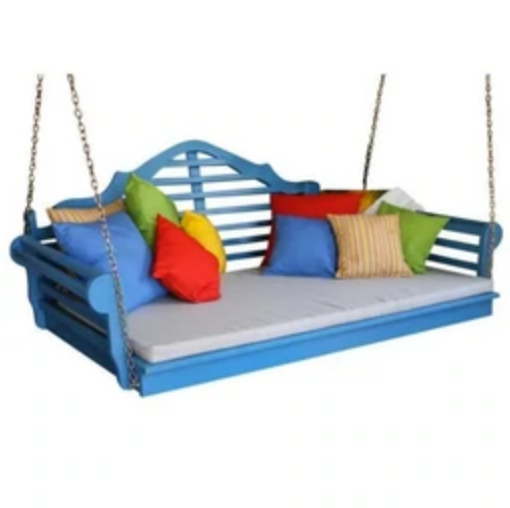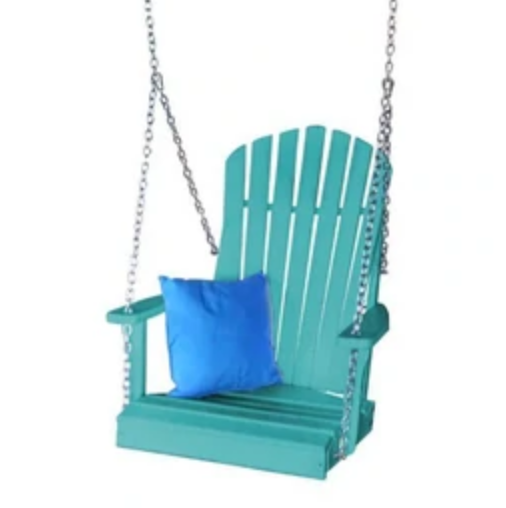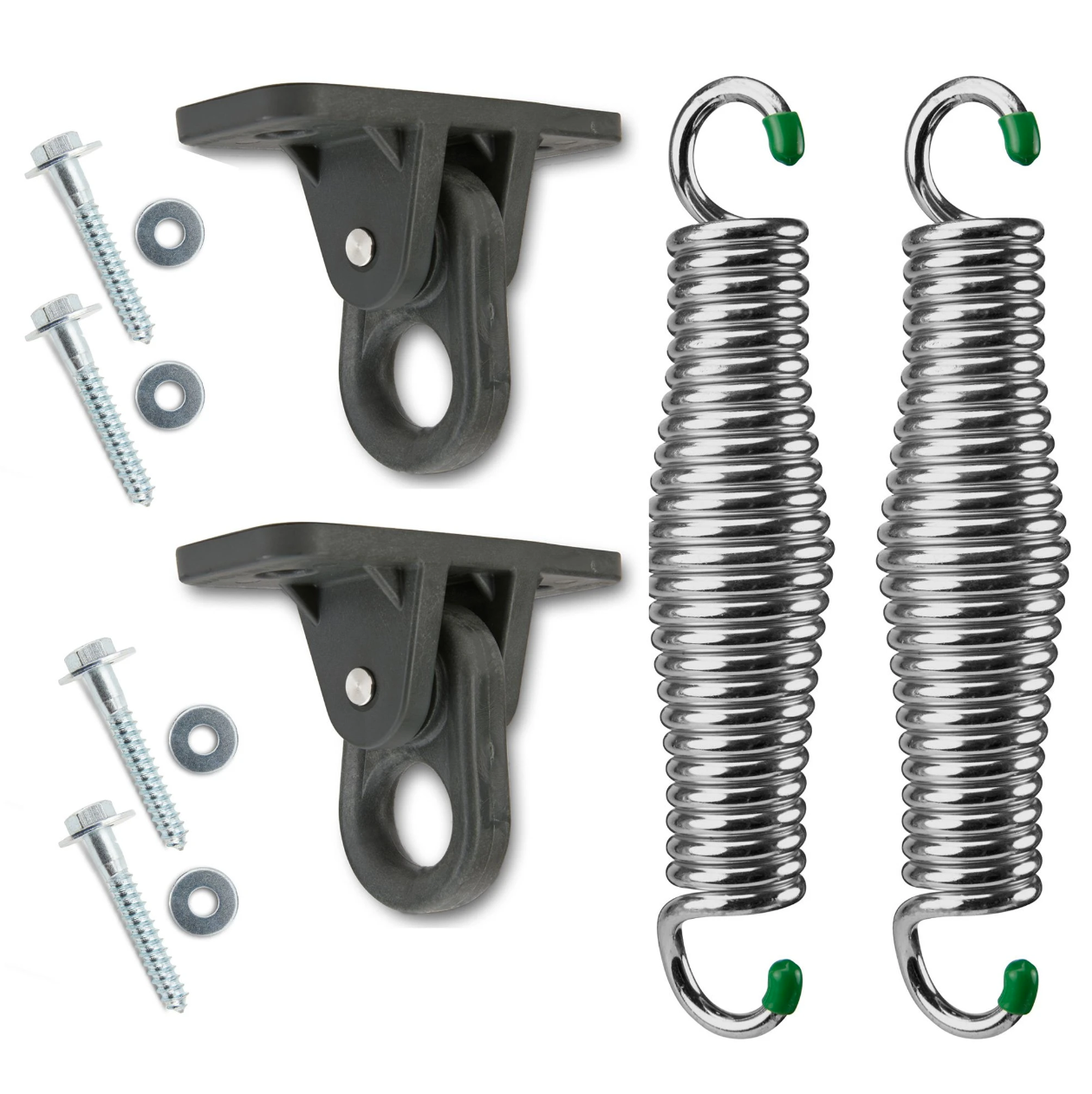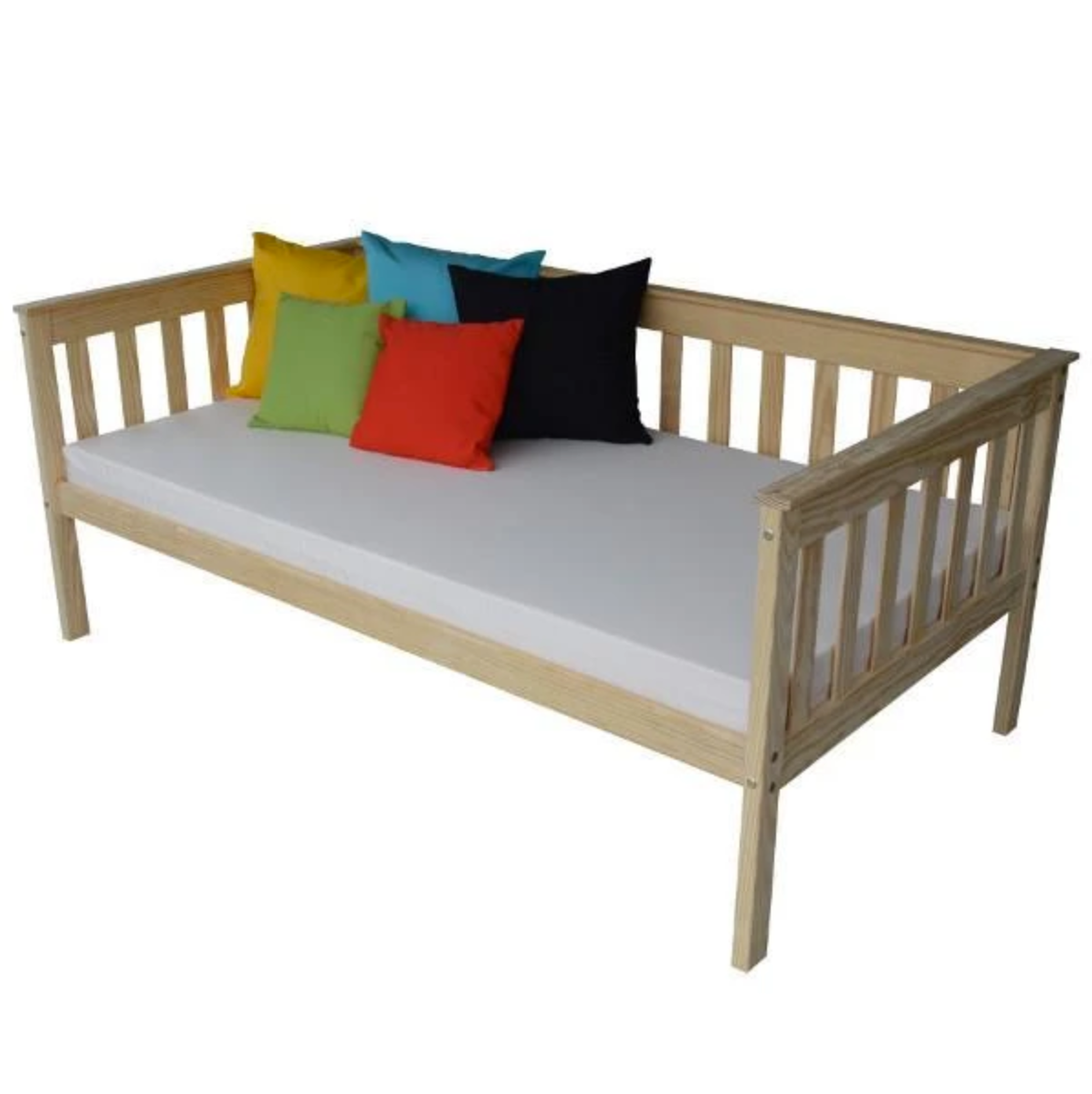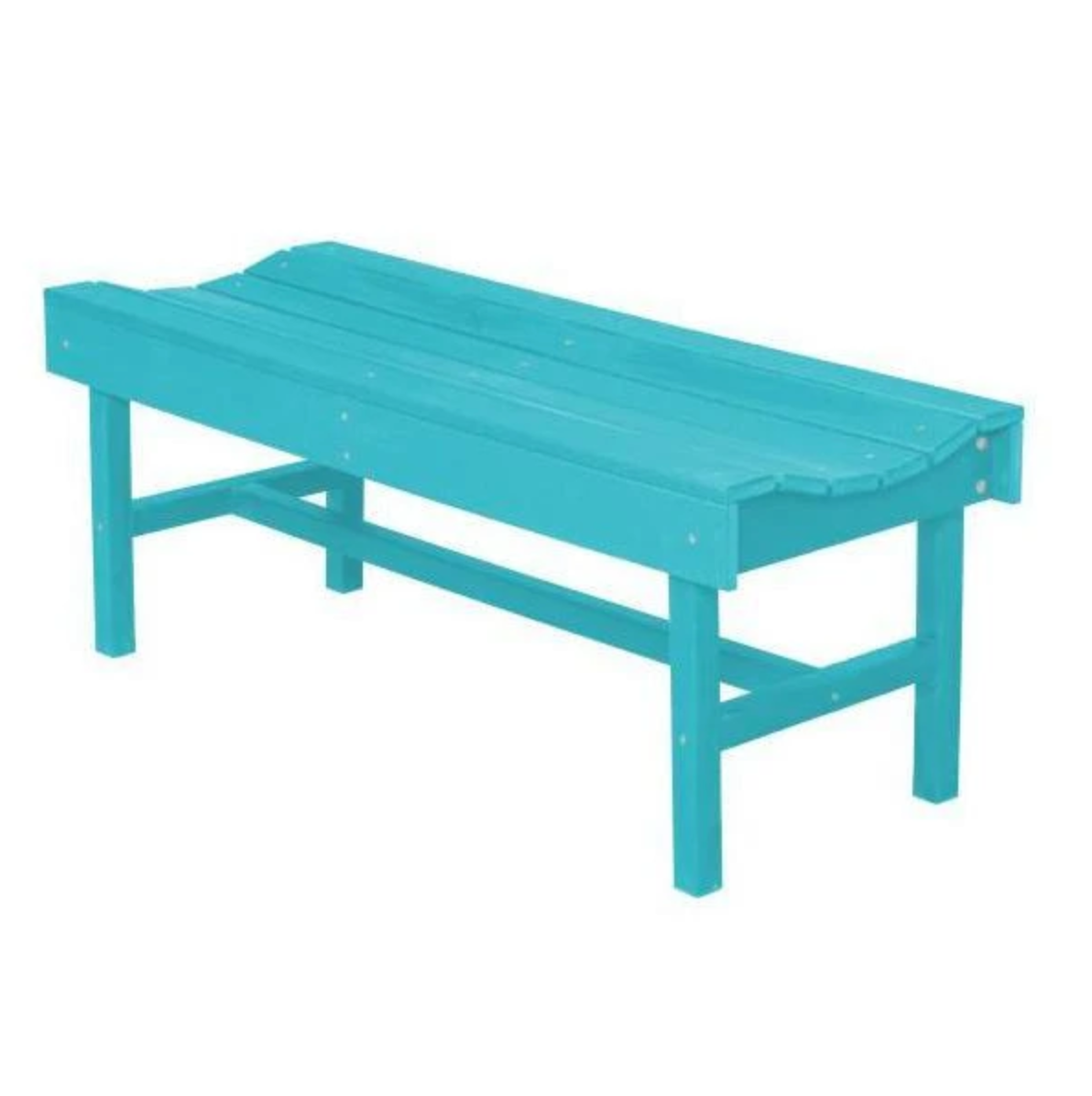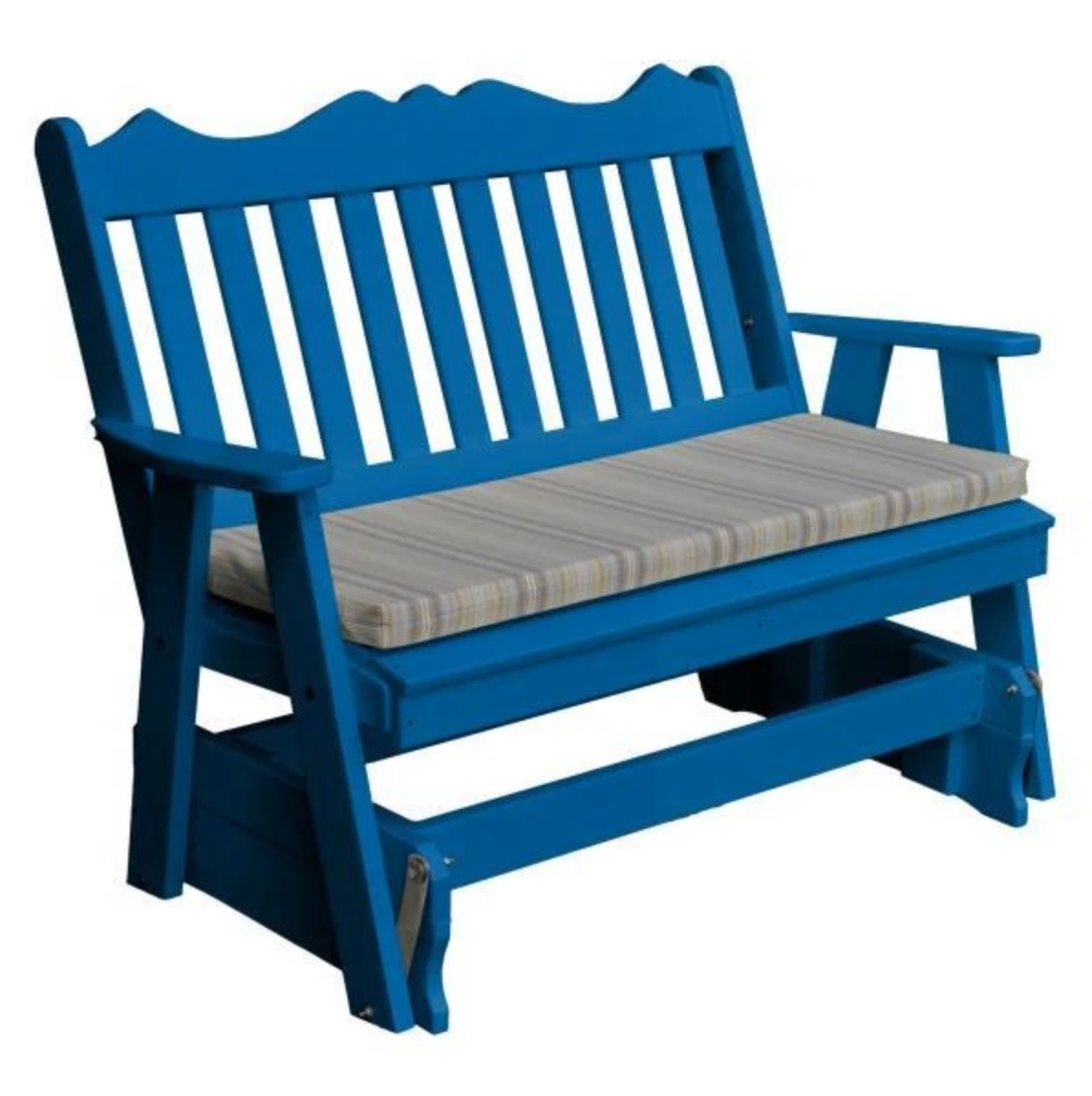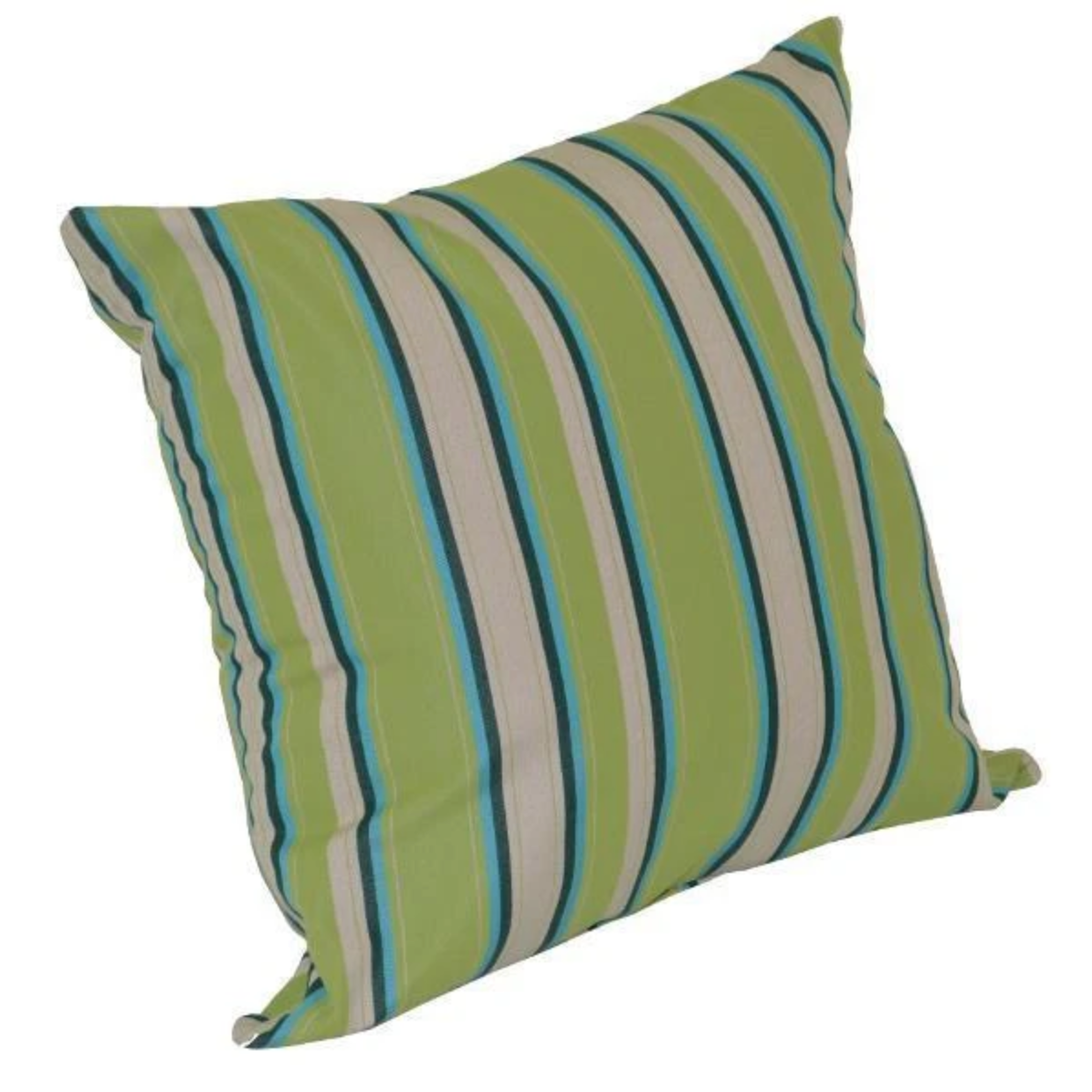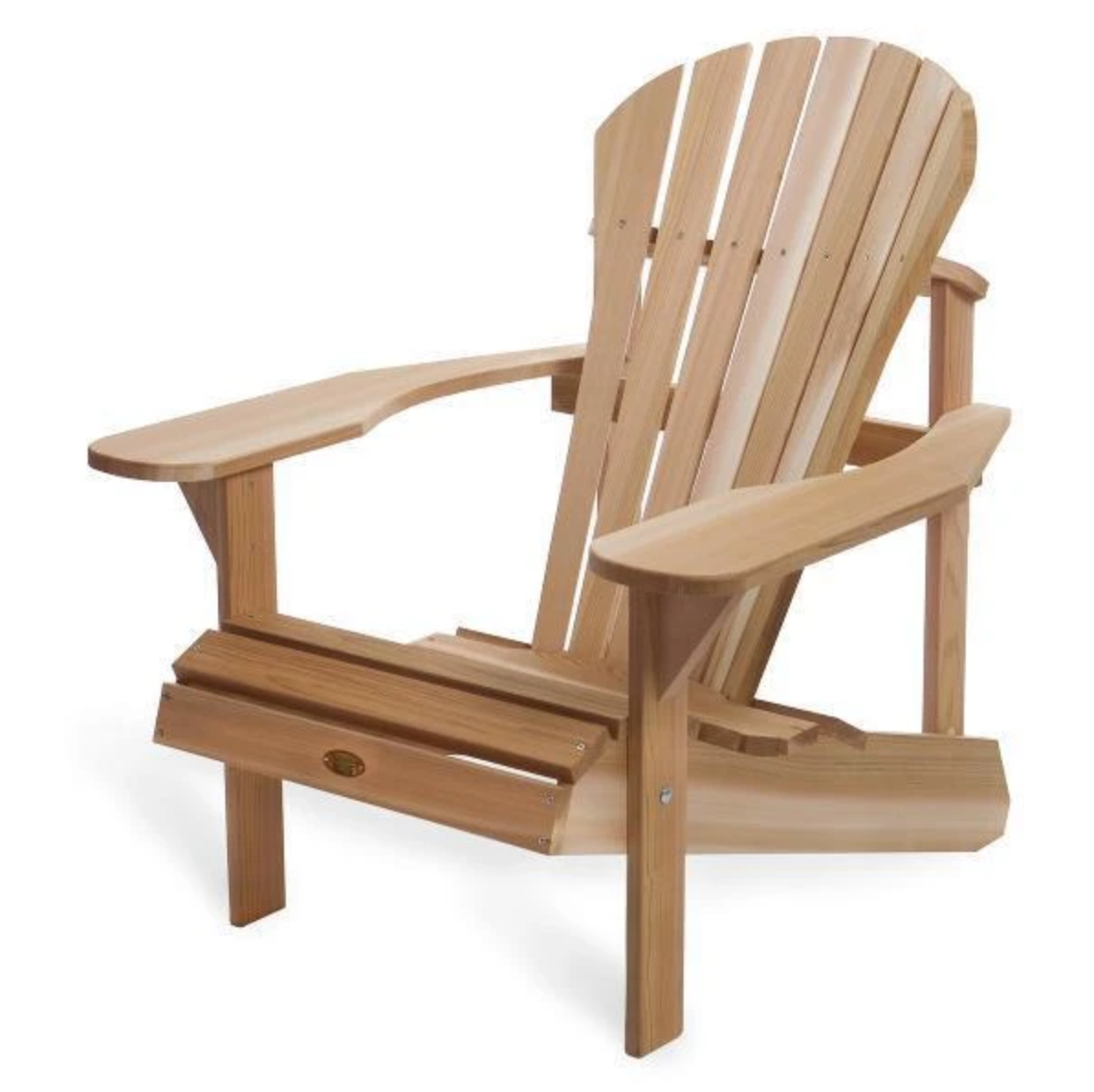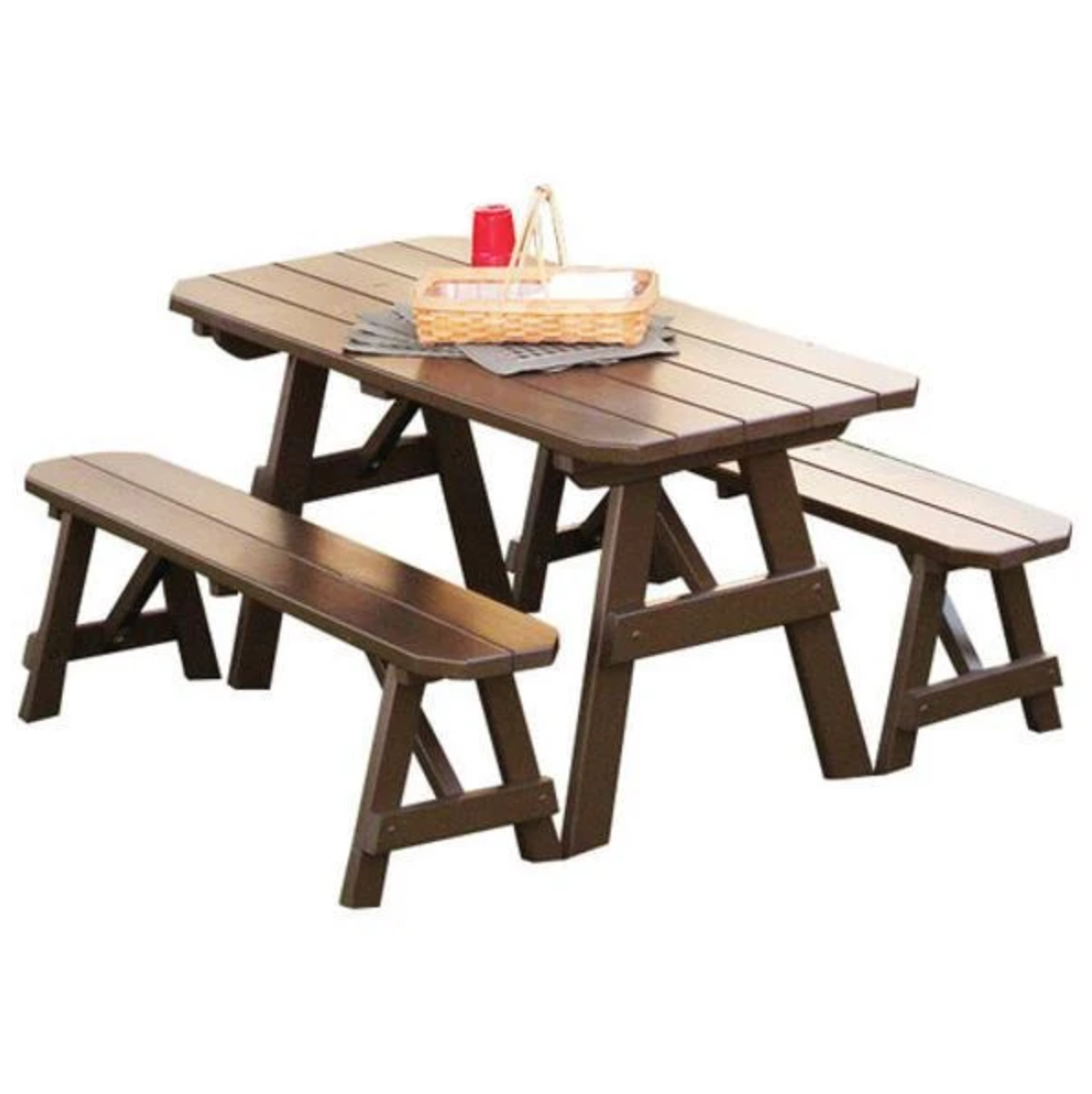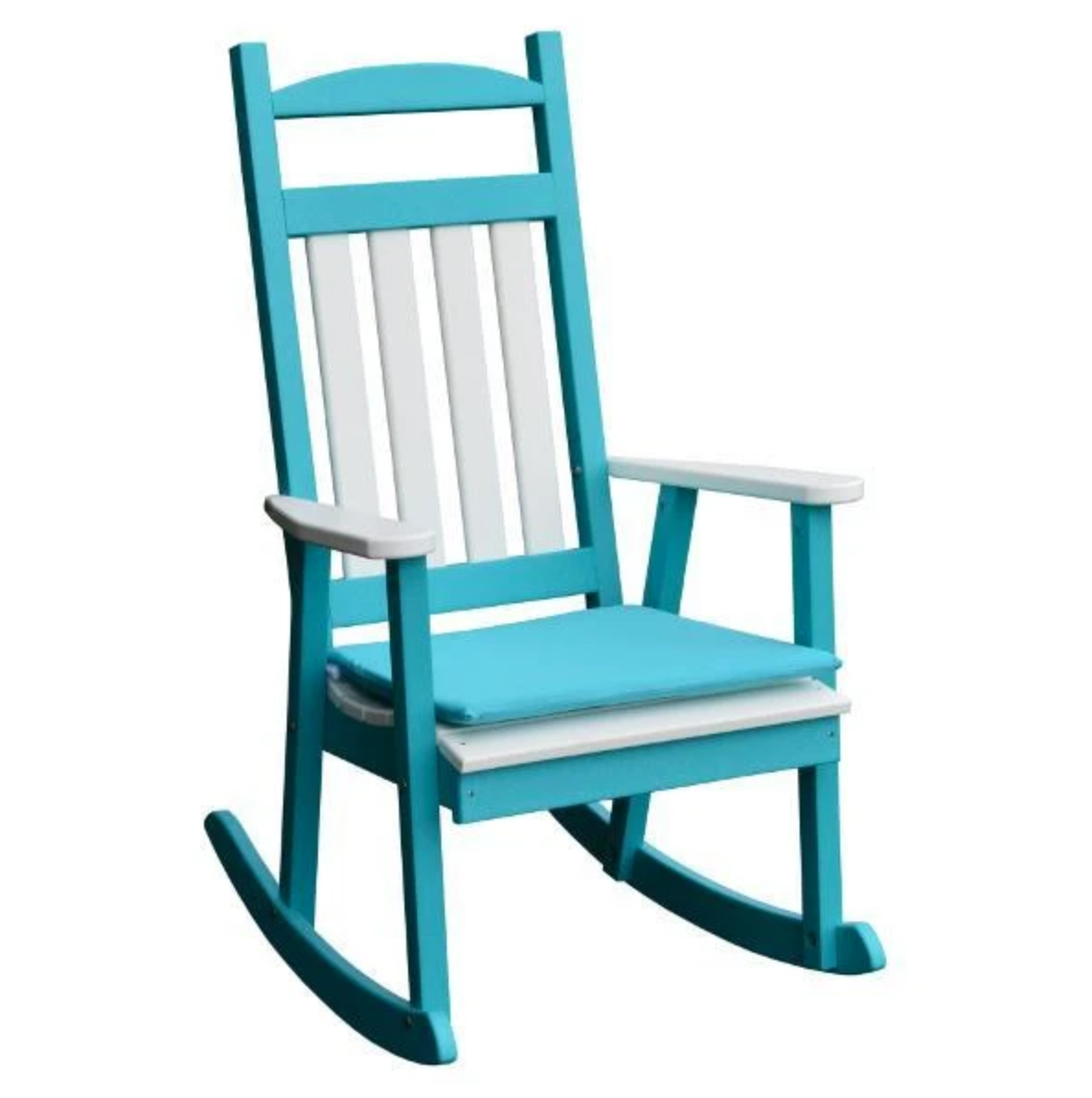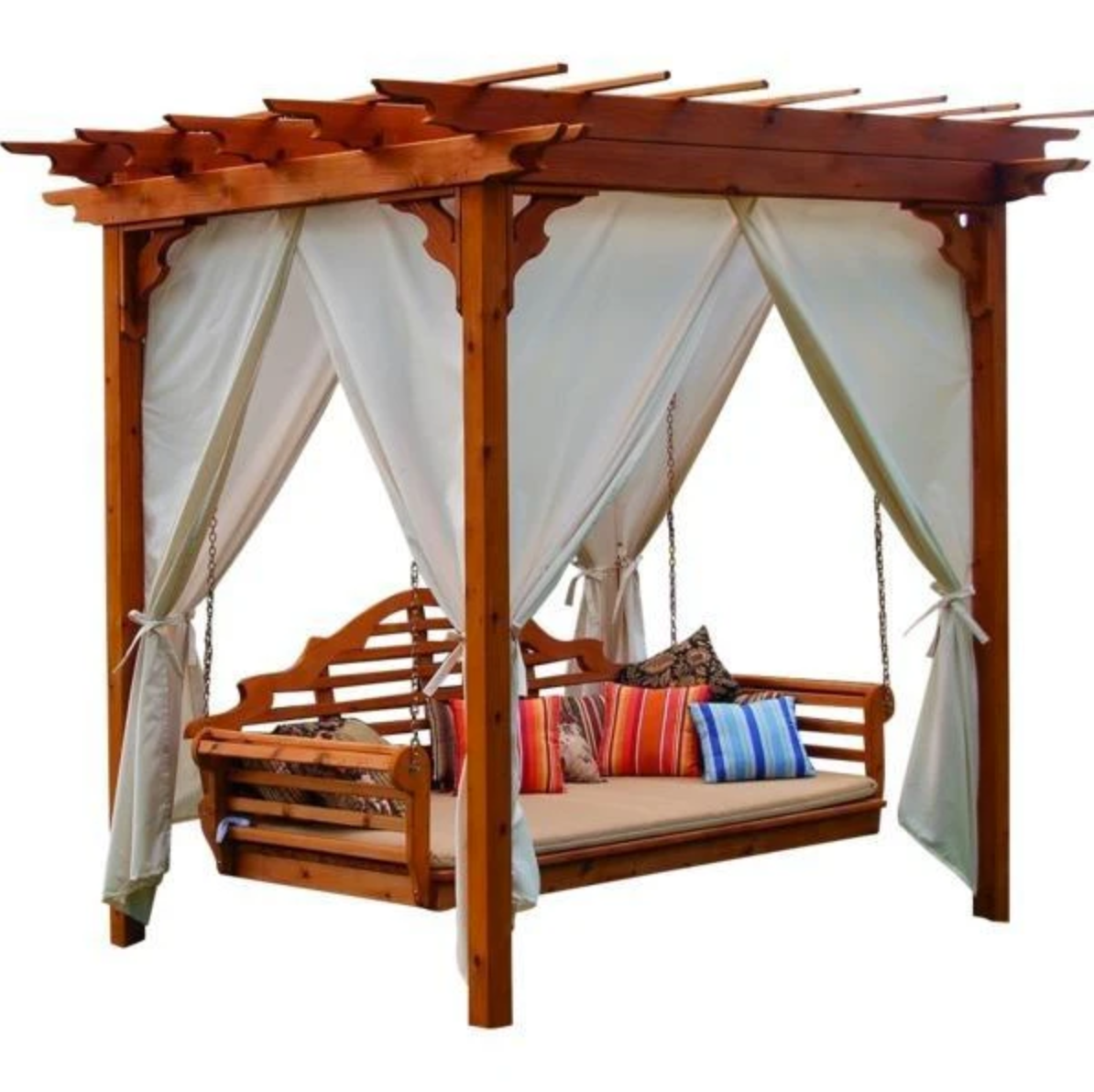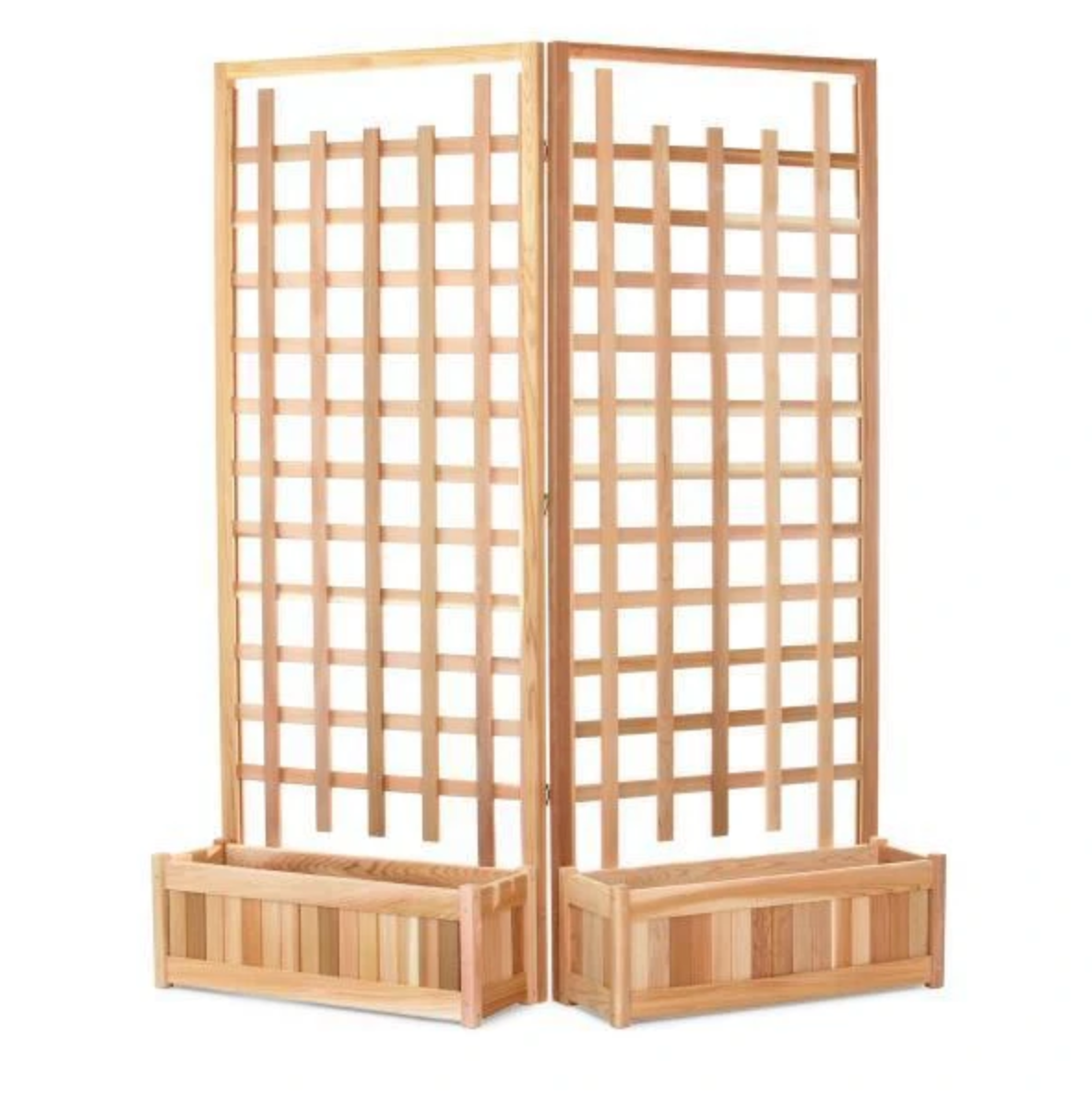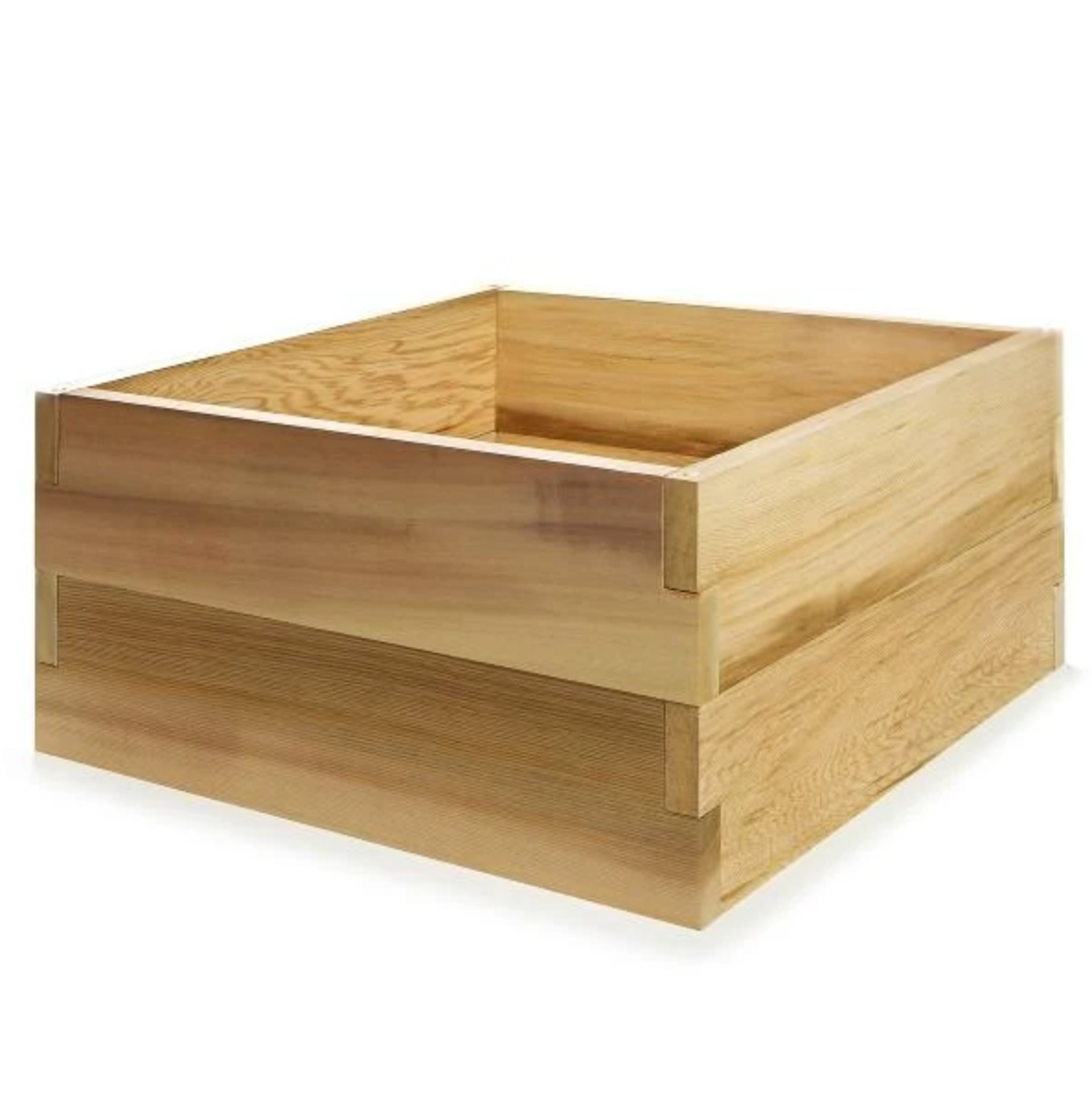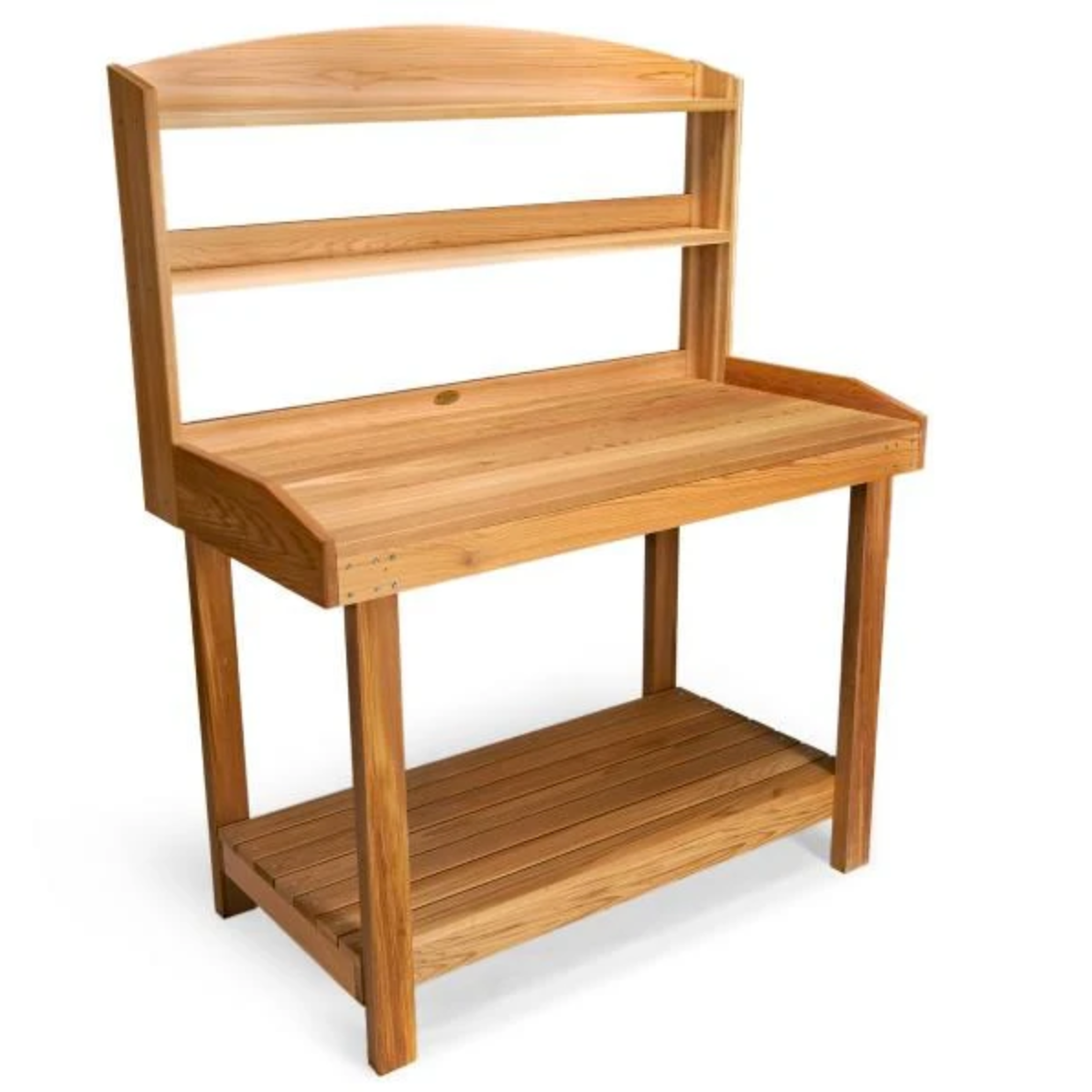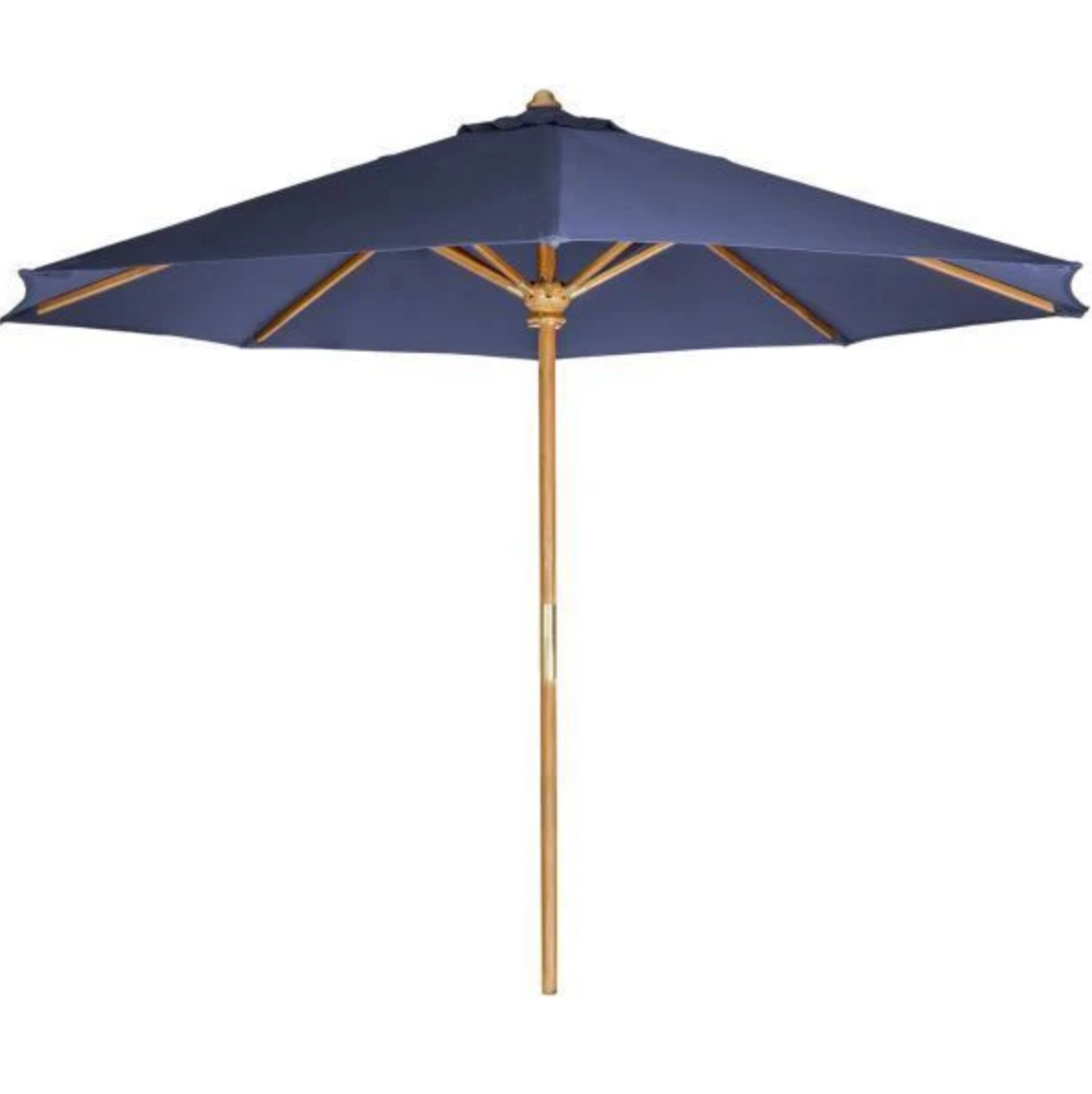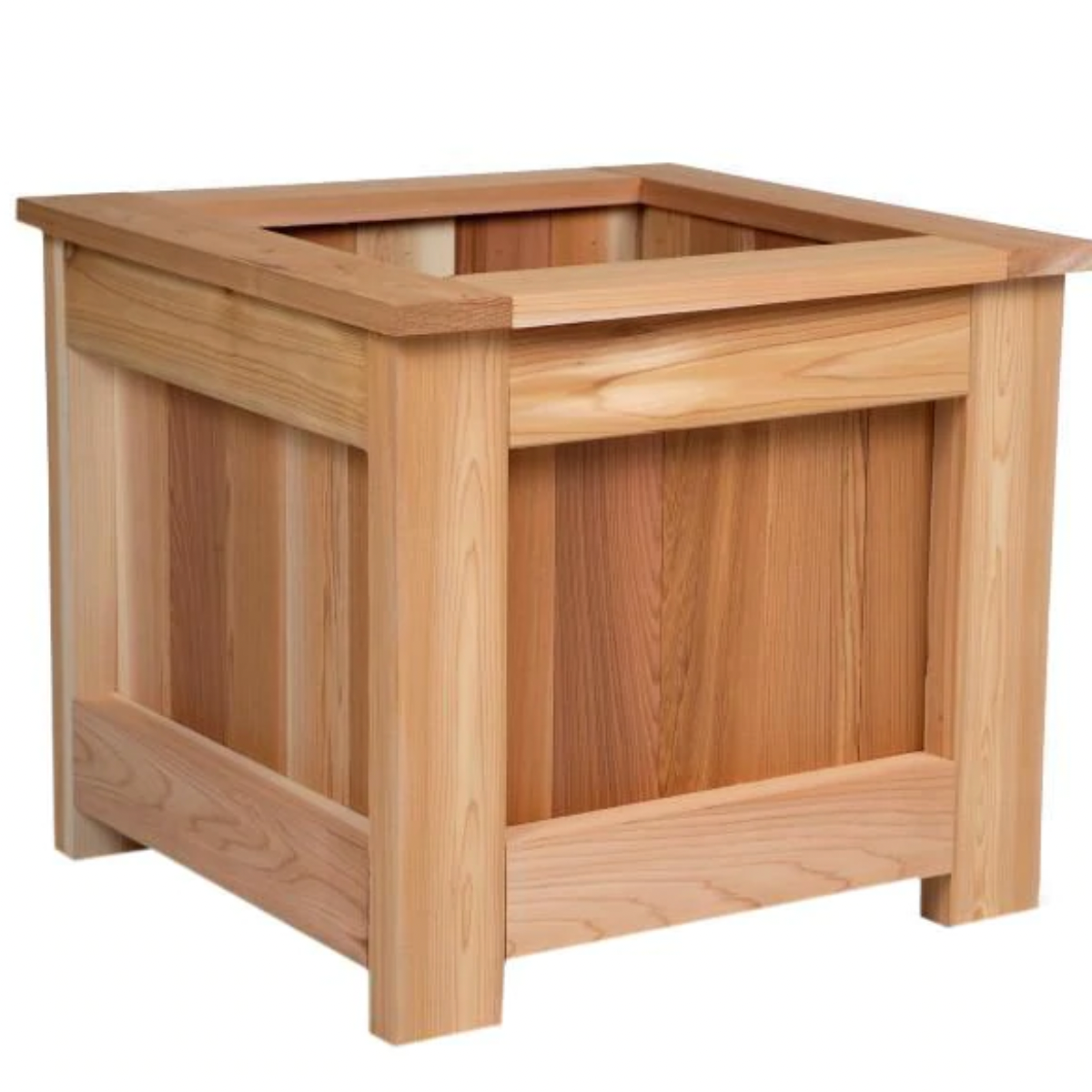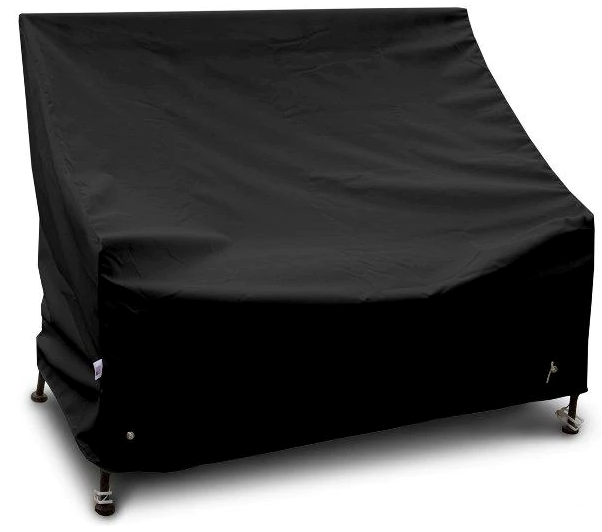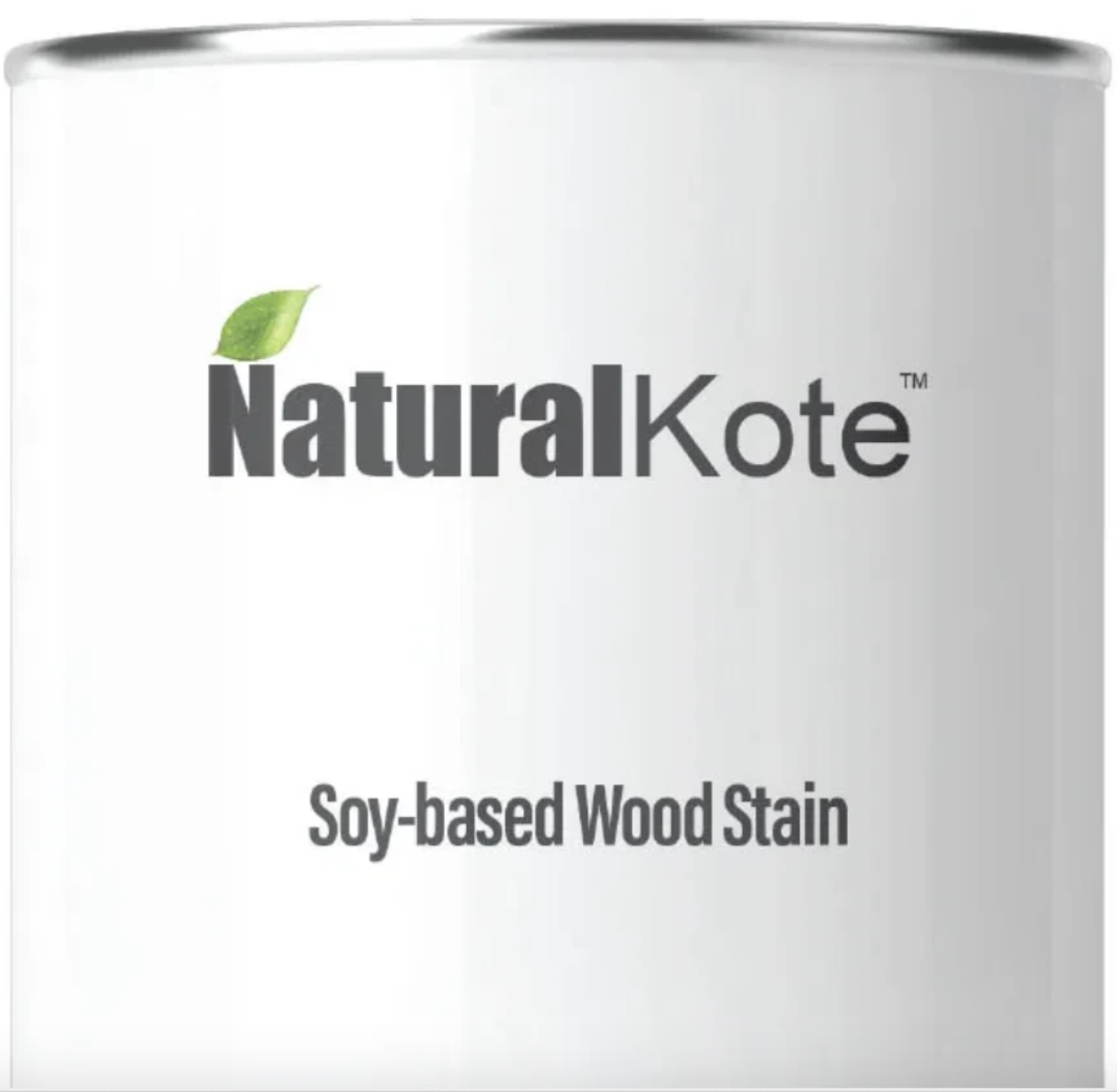Your Cart is Empty
Artistic Design
Ready to turn your seating into a stunning focal point? Our Artistic Design Bench collection elevates the everyday bench to gallery-worthy sculpture. Featuring unique, custom elements like laser-cut landscapes, abstract geometry, and vibrant, custom finishes, these benches are built to be conversation starters. Crafted by renowned designers, each piece offers a blend of ergonomic comfort and visual excitement, proving that functionality and groundbreaking art can coexist beautifully in any public or private space.
Q1: What defines an "Artistic Design Bench," and what is its primary function in a landscape?
A: An Artistic Design Bench is defined by its focus onunique form, aesthetic originality, and intricate details, positioning it as a functional piece of art rather than just a standard seating unit.
-
Definition: These benches often feature unconventional shapes, highly stylized materials (like mosaic inlays, polished natural stone, or complex metalwork), or ergonomic forms that defy simple classification.
-
Primary Function: Their role is to serve as avisual focal point and a statement piece. They are strategically placed in gardens, entryways, or courtyards to attract attention, spark conversation, and add a bespoke, high-end feel to the outdoor space. They are often chosen by designers seeking to complement a modern sculpture or unique architectural element.
Q2: What unique materials are commonly found in Artistic Design Benches, and what is their maintenance impact?
A: This collection features materials that allow for greater creative expression, often requiring specialized care:
-
Fiberglass/Resin Composites: Used to create highly organic, unusual, or brightly colored shapes that would be impossible with traditional wood or metal. These are generally low-maintenance, but must be protected from extreme UV exposure to prevent cracking or fading of the finish.
-
Wrought Iron: Chosen for its ability to be forged into complex, flowing, custom scrollwork and patterns. Maintenance focuses on protecting the finish with specialized coatings to prevent rust from compromising intricate details.
-
Natural Stone/Mosaic: These benches offer unparalleled longevity. The stone itself requires minimal maintenance, but the grout or adhesive used in mosaic inlays must be checked periodically for cracking, especially in climates with heavy freeze/thaw cycles, to prevent pieces from falling out.
Q3: What should I consider regarding comfort and weight capacity for non-traditional bench designs?
A: Since artistic form takes precedence, comfort and structural capacity need scrutiny:
-
Comfort: Artistic benches often prioritize a striking silhouette over ergonomic shape. Look for models that incorporateslight contouring or plan to usecustom-shaped cushions or pillows to enhance comfort if you plan on extended sitting. Be mindful that sharp angles or uneven materials can be uncomfortable without proper padding.
-
Weight Capacity: The structural integrity of a non-traditional shape (e.g., a curving bench with minimal leg supports) can be less standardized. Alwaysverify the specific weight rating on the product page, as the capacity may be lower than a standard rectangular bench of the same size. For benches intended as true sculptures, confirm that they are suitable for sitting at all.
Q4: Are Artistic Design Benches designed for permanent outdoor installation?
A: Yes, the majority are built for permanent display, but placement requires consideration:
-
Stability: If the bench is very lightweight (e.g., thin aluminum or fiberglass), it should beanchored or placed in a sheltered area to prevent strong winds from moving or damaging it. Heavier designs, like stone or wrought iron, are inherently stable.
-
Protection: While materials are outdoor-rated, placing an artistic bench under a pergola or covered area will better protect its detailed finishes (such as paint, veneer, or grout) from constant UV exposure and rain, preserving its visual appeal for decades.


